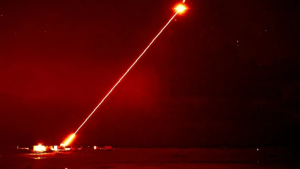The set included real uranium samples.
Others are reading now
The 1950s were a time of discovery and curiosity about the power of atomic energy. From scientific breakthroughs to public fascination, the Atomic Age seeped into nearly every aspect of life.
For some, this included a toy that promised to teach children the mysteries of nuclear science. Enter the Gilbert U-238 Atomic Energy Laboratory, a product that now feels as improbable as it was controversial.
This “educational toy” wasn’t just a gimmick. It contained actual radioactive materials, according to WP.
Created by Alfred Carlton Gilbert, known for his Erector Set, the kit aimed to inspire young scientists. But the inclusion of uranium ore samples ensured it had a short shelf life.
Also read
A Unique (and Risky) Learning Tool
The Gilbert U-238 set came packed with scientific tools. It featured a cloud chamber to observe the paths of alpha particles, a spinthariscope to visualize radioactive decay, and an electroscope to measure radiation levels.
Alongside these instruments were small, sealed containers of radioactive minerals like carnotite and uraninite.
Gilbert’s vision was ambitious. He wanted to give children hands-on experience with nuclear science, positioning the kit as a bridge between education and innovation. However, the potential risks quickly overshadowed its educational value.
Short-Lived but Legendary
Produced for just two years between 1950 and 1951, the U-238 set sold fewer than 5,000 units. Public concern over safety, combined with increasing government restrictions on radioactive materials, led to its discontinuation. Gilbert’s company cited “material shortages” as the reason, though criticism about selling uranium to children likely played a role.
Today, the Gilbert U-238 is a rare collectible. Experts say the radiation exposure is minimal if the materials remain sealed, comparable to a day’s UV exposure. But warnings in the instruction manual made it clear that mishandling could be dangerous.
One of these vintage sets is currently up for auction at RR Auction, with bids at $4,400 (about £3,440). The sale ends December 12, offering collectors a piece of history from an era when atomic energy symbolized both promise and peril.








